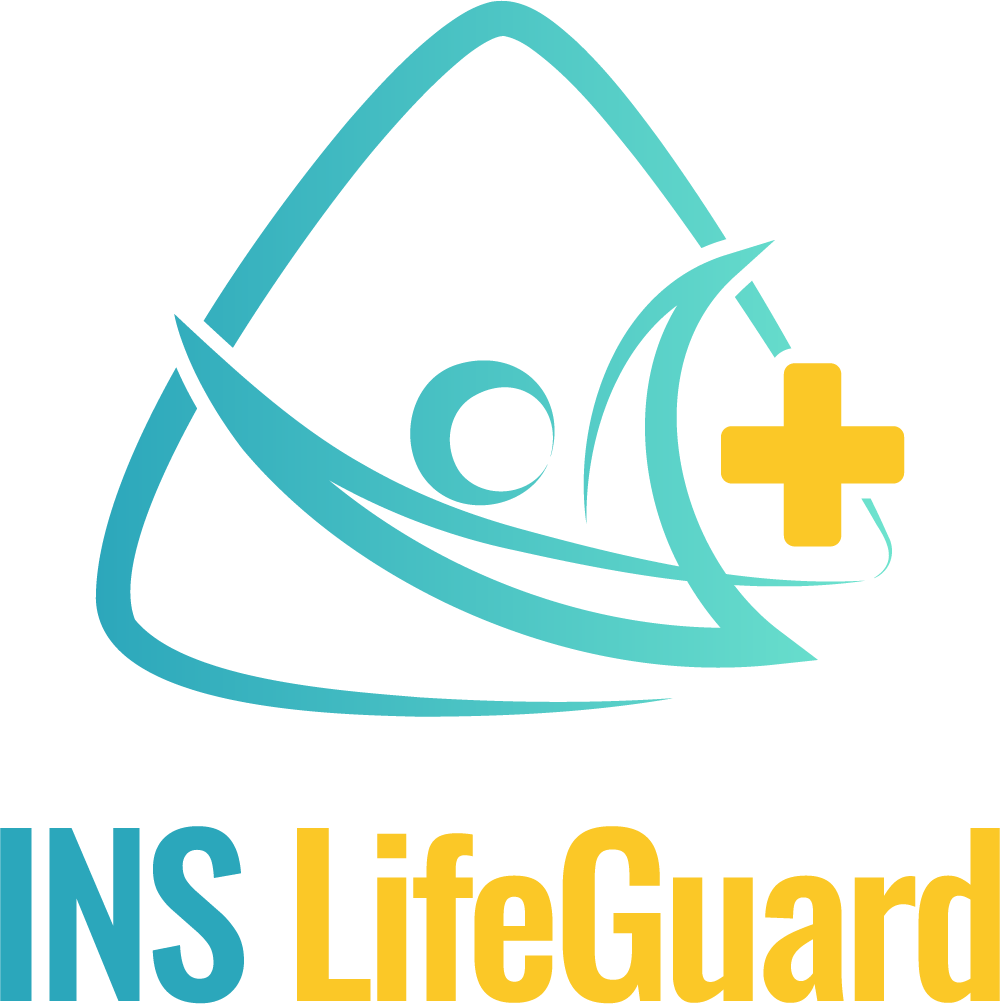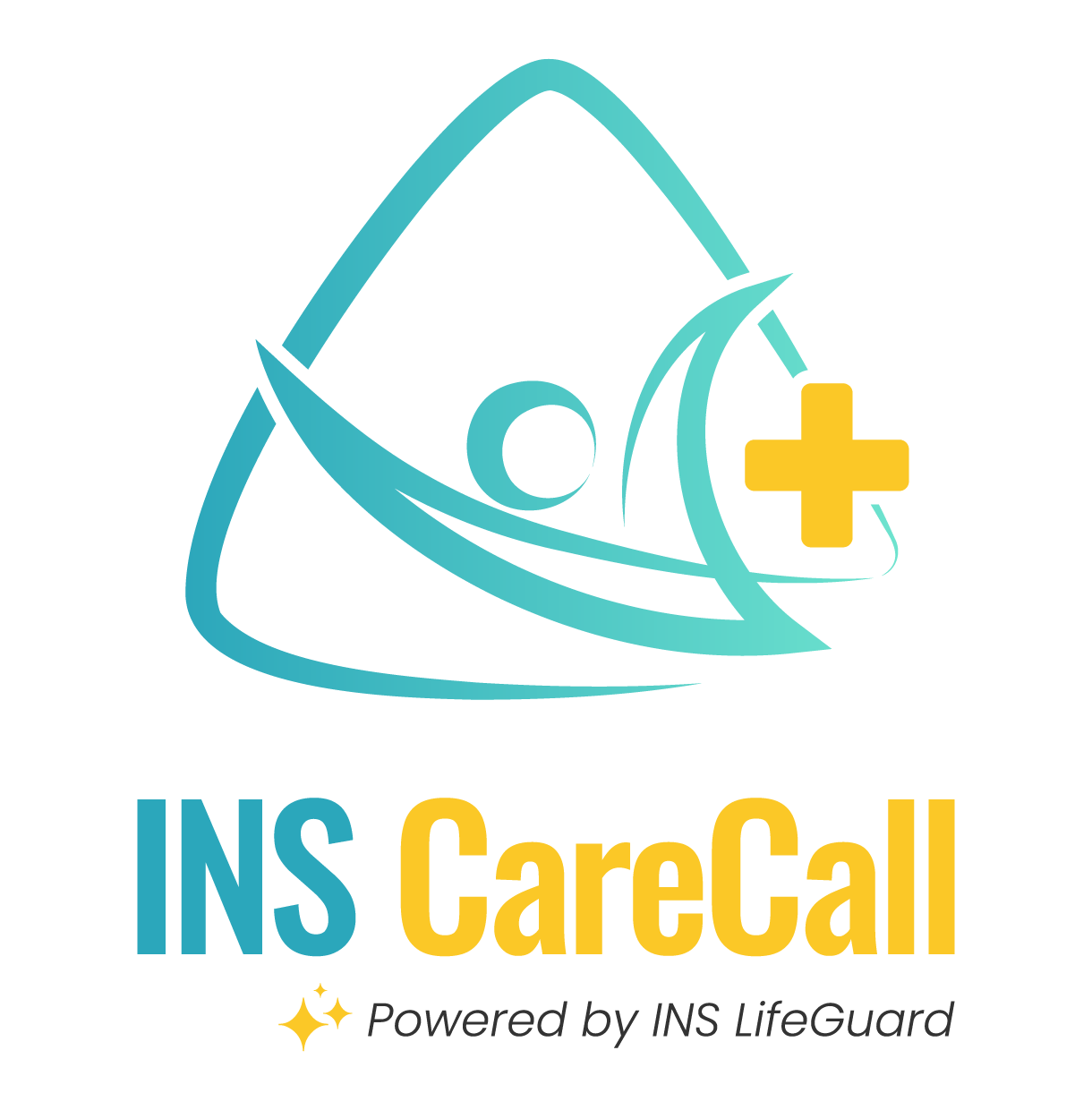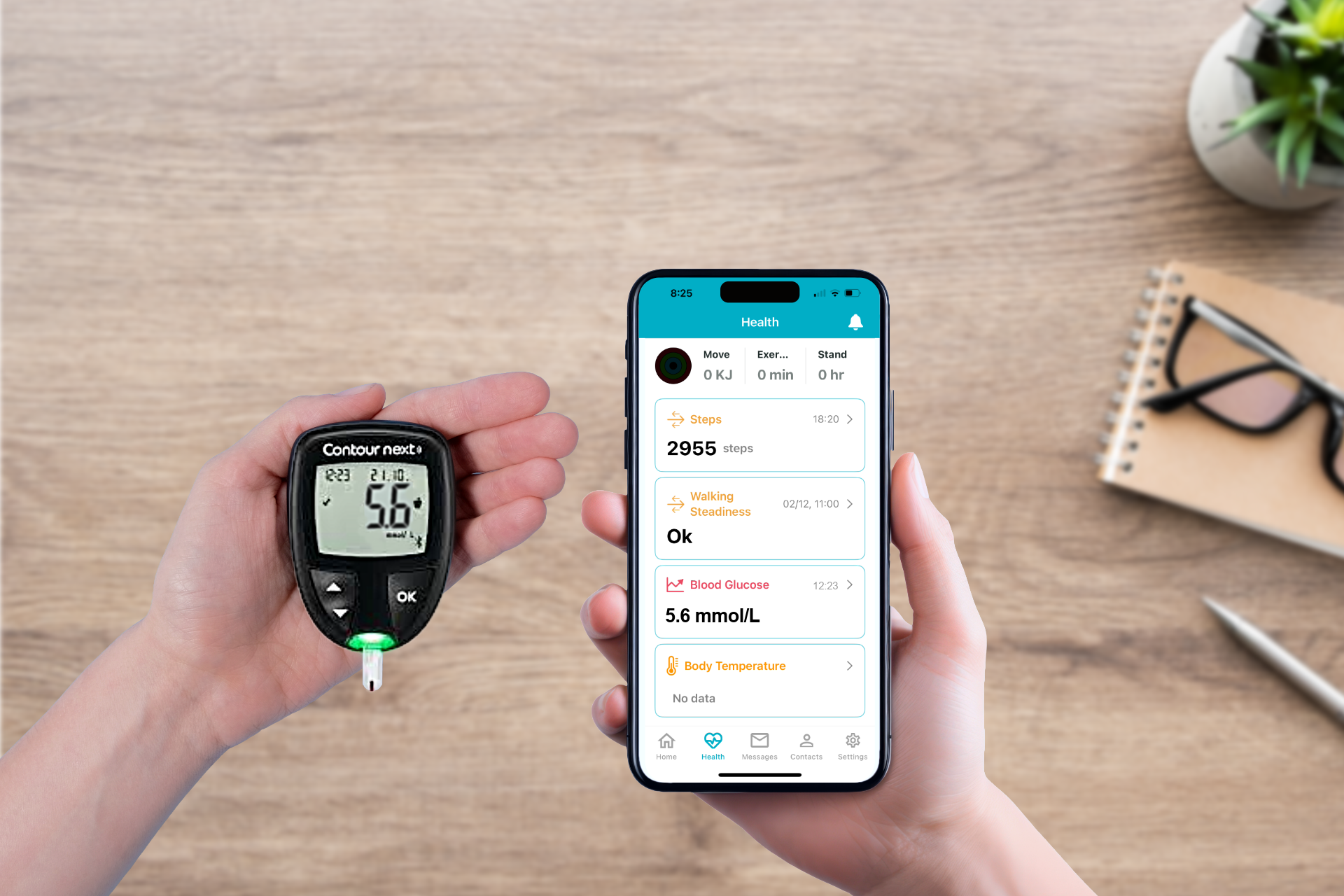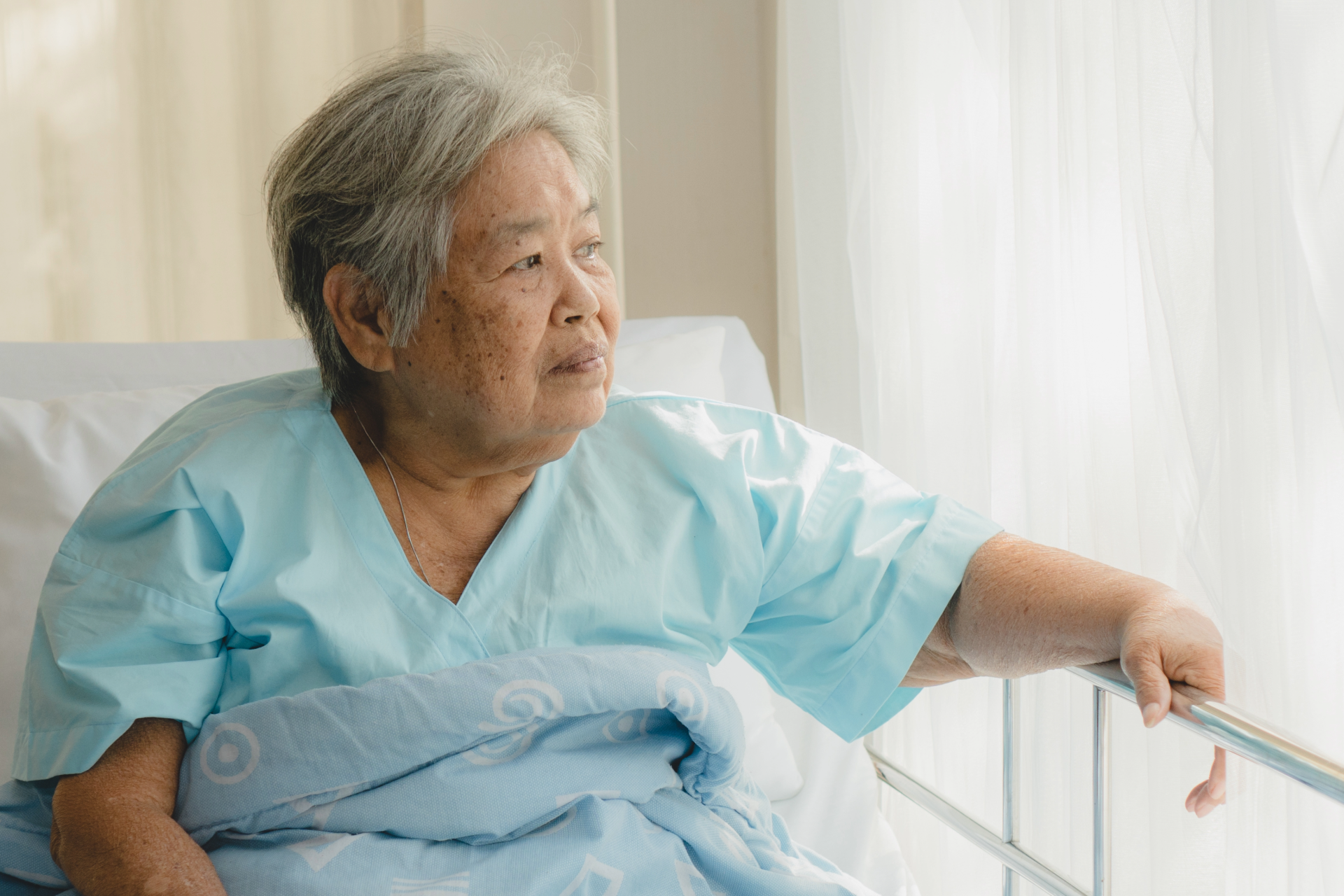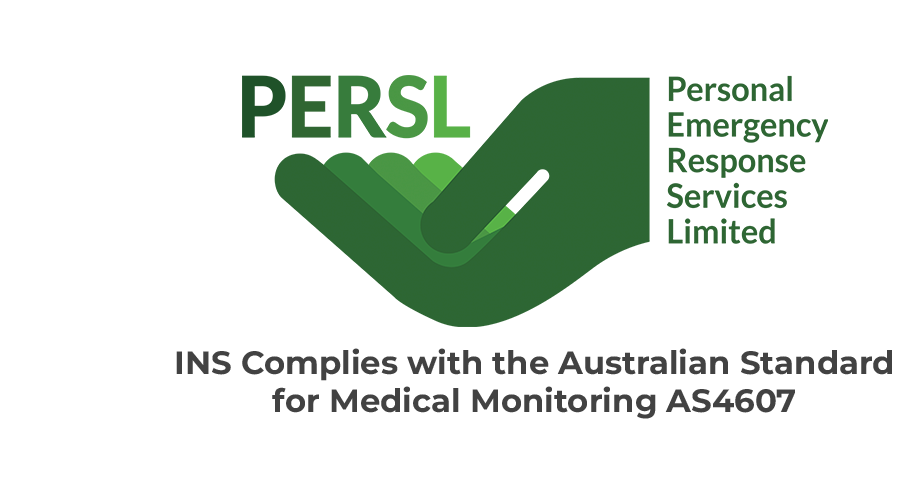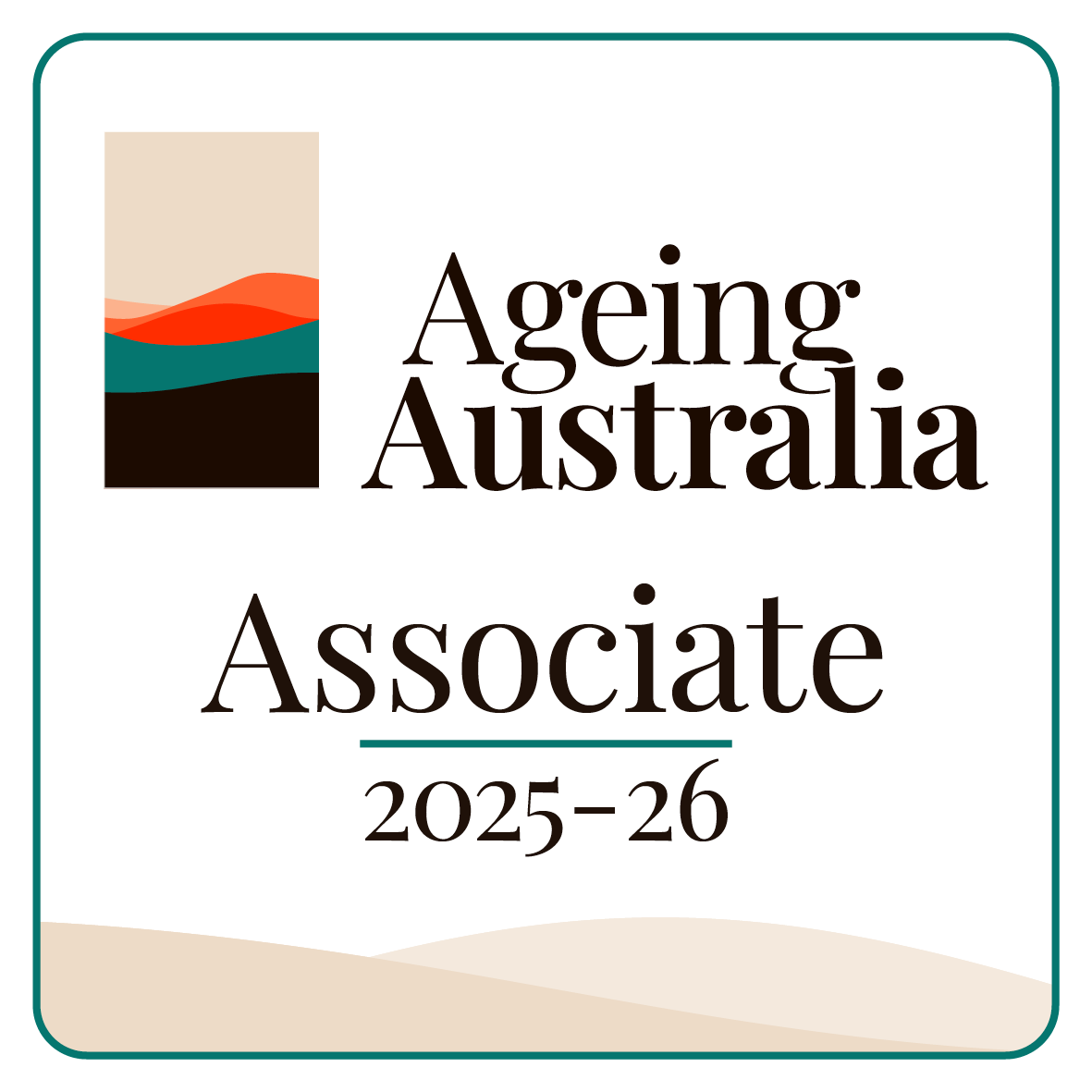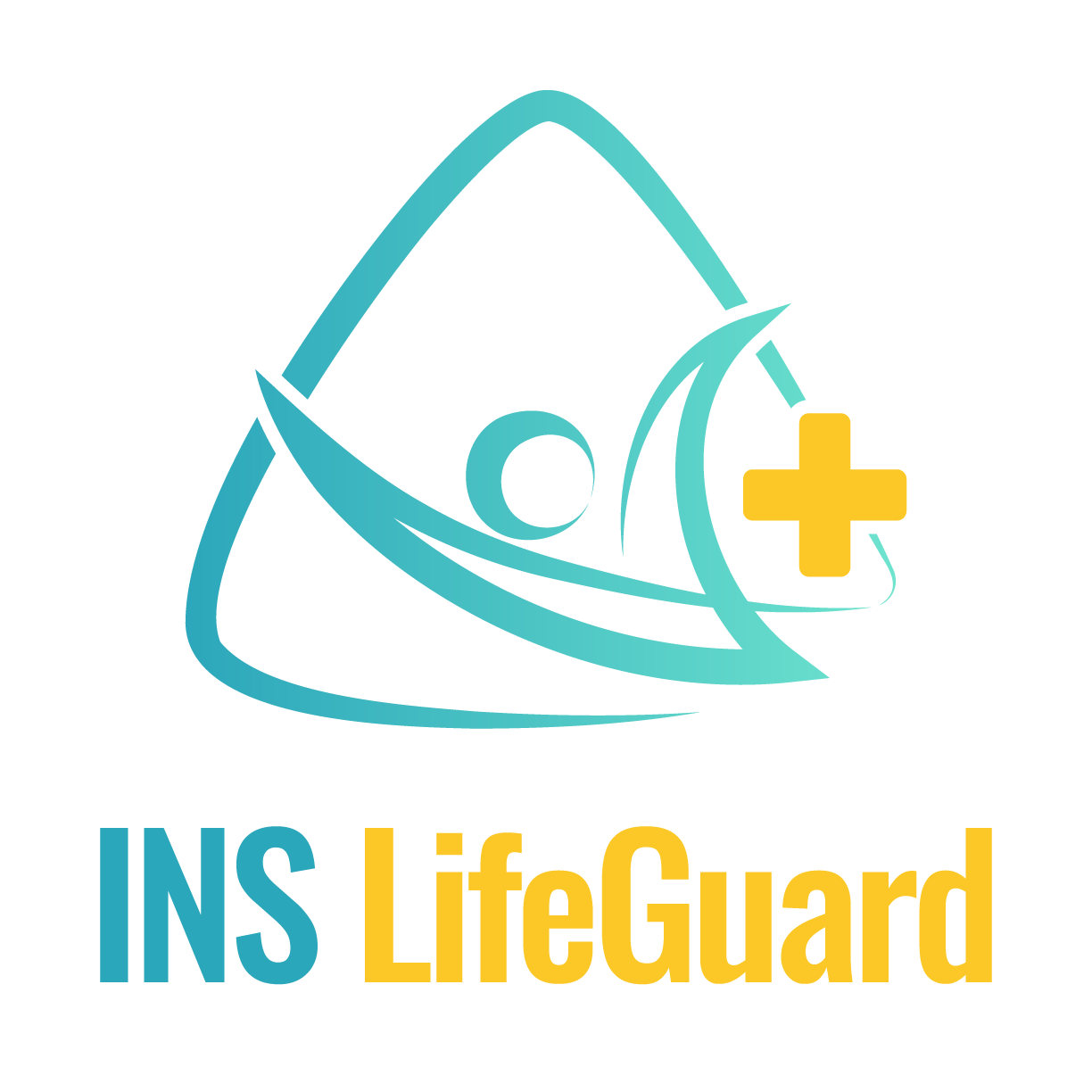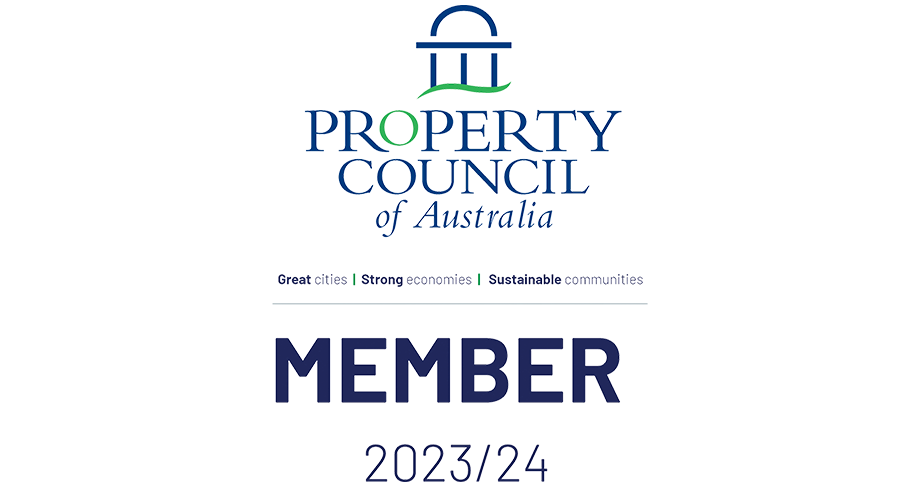Have a Question?
What is Breast Cancer? Understanding Symptoms, Risks, and Treatments

Breast cancer is the most commonly diagnosed cancer among Australian women, with thousands of new cases each year affecting people of all ages and backgrounds. While advances in screening and treatment have significantly improved survival rates, early detection remains one of the most powerful tools we have.
This guide explores the key facts around diagnosis, symptoms, treatment options, and prevention—designed to help you make informed choices and take action sooner.
What Is Breast Cancer?
Breast cancer begins when abnormal cells in the breast grow out of control. These cells can form a lump or mass, known as a tumour, which may be benign (non-cancerous) or malignant (cancerous). In malignant cases, the cancer cells have the potential to invade surrounding breast tissue and spread to other parts of the body through the blood or lymphatic system.
Most breast cancers start in the ducts that carry milk to the nipple (ductal carcinoma), while others begin in the glands that produce milk (lobular carcinoma). In rarer cases, aggressive forms such as inflammatory breast cancer or triple negative breast cancer can develop, each with unique behaviours and treatment challenges.
Breast cancer affects both women and men, although it is far more common in women. In Australia, around one in seven women will be diagnosed with breast cancer in their lifetime, and it remains a major focus of national health efforts. Thanks to increased awareness, improved screening programs, and advances in care, many people are now surviving breast cancer and living full, active lives after treatment.
Types of Breast Cancer
Breast cancer is not a single disease but a group of conditions that can behave differently depending on where they start and how they grow. Understanding the type of breast cancer someone has is crucial in deciding the best treatment plan. Below are the most common types diagnosed in Australia:
1. Ductal Carcinoma In Situ (DCIS)
DCIS is a non-invasive type of breast cancer where abnormal cells are found in the lining of the milk ducts, but they haven’t spread into surrounding breast tissue. Although it hasn’t become invasive, DCIS is considered the earliest form of breast cancer and can develop into a more serious condition if left untreated.
2. Invasive Ductal Carcinoma (IDC)
The most common form of breast cancer, IDC starts in the milk ducts and spreads to nearby breast tissue. Over time, it may also spread to lymph nodes or other areas of the body if not treated.
3. Invasive Lobular Carcinoma (ILC)
ILC begins in the milk-producing glands (lobules) and can also spread to nearby tissue. It tends to be harder to detect on imaging and may be more subtle in its presentation.
4. Triple Negative Breast Cancer
This aggressive form of cancer lacks three common receptors used in treatment: oestrogen, progesterone, and HER2. Because of this, it doesn’t respond to hormone therapy or HER2-targeted drugs, making it more challenging to treat.
5. Inflammatory Breast Cancer
A rare but fast-growing type, inflammatory breast cancer blocks lymph vessels in the skin, causing redness, swelling, and a feeling of warmth. It often doesn’t cause a distinct lump and can be mistaken for infection.
Each type of breast cancer behaves differently, which is why accurate diagnosis is key. Modern pathology and imaging techniques used across Australia help specialists identify the specific type and guide the most effective treatment path.
Breast Cancer Symptoms
Recognising the symptoms of developing breast cancer early can lead to earlier diagnosis and better treatment outcomes. While not every change in the breast is cancer, it’s important to know what to look for and to speak with a doctor if something feels or looks different.
Common breast cancer symptoms include:
- A new lump in the breast or under the arm (armpit)
- Thickening or swelling in part of the breast
- Changes in breast shape or size
- Dimpling or puckering of the skin (like an orange peel texture)
- Redness, scaliness, or flaking of the skin on the breast or nipple
- Pain in any part of the breast that doesn't go away
- Nipple discharge (especially if it’s bloody or occurs without squeezing)
- Nipple turning inward (inversion) or a change in nipple shape
It’s worth noting that breast cancer can develop without pain, especially in the early stages. That’s why regular breast checks, both self-examinations and screening, are so important.
In rarer cases, such as inflammatory breast cancer, symptoms may include swelling, warmth, and redness that can be mistaken for an infection. These changes can develop quickly and should be checked urgently.
Spot the Signs Early:
Your Guide to Breast Self-Exams
Struggling with breast health anxiety or unsure about what’s normal for your body? Regular breast self-examinations are a vital part of early detection. This free guide teaches you how to confidently check for changes, lumps, or irregularities, empowering you to take control of your breast health. Learn the key signs to look out for, how often to check, and what to do if you spot something unusual.
Understanding your normal could help detect issues early and lead to faster, more effective treatment. Stay informed and proactive with this step-by-step guide.

Breast Cancer Diagnosis
Diagnosing breast cancer early can significantly improve outcomes. In Australia, a range of diagnostic tools are used to confirm whether changes in the breast are cancerous and to determine the type, stage, and extent of the disease.
1. Screening and Early Detection
For many people, breast cancer is first detected through a routine screening mammogram. BreastScreen Australia offers free mammograms every two years to women aged 50 to 74, helping to catch cancers before symptoms appear. Some people may also undergo screening earlier due to family history or genetic risk.
2. Clinical Breast Examination
A doctor may perform a physical examination to check for lumps, skin changes, or other signs. If anything unusual is found, further testing will usually follow.
3. Imaging Tests
If a lump or abnormality is detected, additional imaging tests may be used:
- Diagnostic mammogram – a more detailed X-ray of the breast.
- Breast ultrasound – often used to assess lumps, especially in younger people with dense breast tissue.
- Breast MRI – may be recommended in some complex cases or for high-risk individuals.
4. Breast Biopsy
A biopsy is the only way to confirm a breast cancer diagnosis. This involves removing a small sample of breast tissue or cells to be examined under a microscope. There are different types, such as fine needle aspiration, core biopsy, or surgical biopsy.
5. Pathology and Staging
Once cancer is confirmed, further tests are done to determine its type, grade, and whether it has spread. Results will show if the cancer is hormone receptor-positive or HER2-positive, which influences treatment decisions. Staging scans, such as CT, PET, or bone scans, may be used to check for cancer in other parts of the body.
Stages of Breast Cancer
Breast cancer staging describes how far the cancer has spread at the time of diagnosis. Staging helps doctors choose the most appropriate treatment and provides insight into likely outcomes. In Australia, breast cancer is usually staged from 0 to 4:
Stage 1 – Early Breast Cancer
The cancer is small (usually less than 2 cm) and confined to the breast. It may have spread to a few nearby lymph nodes, but not beyond. Most people diagnosed at this stage have excellent long-term outcomes.
Stage 2 – Localised Spread
The tumour is larger (2–5 cm), or cancer has spread to nearby lymph nodes under the arm. It’s still considered an early stage, and treatments aim to remove the cancer and prevent it from returning.
Stage 3 – Locally Advanced Breast Cancer
At this stage, cancer has spread within the breast or to multiple lymph nodes, but not to other organs. It may include inflammatory breast cancer and usually requires aggressive treatment like chemotherapy, surgery, radiation, and targeted therapies.
Stage 4 – Metastatic Breast Cancer
Also known as advanced or secondary breast cancer, this stage means the cancer has spread to distant parts of the body, such as the bones, liver, lungs, or brain. While not curable, it can often be managed with ongoing treatment to relieve symptoms and prolong life.
Breast Cancer Treatment
Breast cancer treatment depends on several factors, including the type of cancer, its stage, hormone receptor status, and the person’s overall health. In Australia, treatment plans are tailored to each individual, often combining multiple approaches for the best outcome. Early breast cancer is typically treated with the aim of curing the disease, while advanced or metastatic breast cancer is managed to control its spread and maintain quality of life.
1. Surgery
Surgery is usually the first line of treatment for breast cancer. The goal is to remove the cancer from the breast while preserving as much healthy tissue as possible. The two main types are:
- Breast-conserving surgery (lumpectomy) – This involves removing the tumour and a small amount of surrounding tissue. It allows most of the breast to be preserved and is usually followed by radiation therapy to reduce the risk of recurrence.
- Mastectomy – This procedure removes the entire breast. In some cases, both breasts may be removed, particularly if there is a higher risk of cancer developing in the other breast.
During surgery, lymph nodes under the arm (axillary nodes) may also be removed or sampled to check if the cancer has spread beyond the breast. This helps guide further treatment.
2. Radiation Therapy
Radiation therapy uses high-energy rays to destroy any remaining cancer cells in the breast area. It's commonly used after breast-conserving surgery to lower the risk of recurrence in the same breast.
Radiation may also be recommended after a mastectomy if there’s a higher risk of breast cancer returning, or to relieve symptoms such as pain or swelling in more advanced cases.
3. Chemotherapy
Chemotherapy uses anti-cancer drugs to target and destroy cells that grow and divide quickly—like cancer cells. It can be given as pills, injections, or through a drip into a vein, and is often used alongside other treatments.
Chemotherapy may be recommended:
- Before surgery (neoadjuvant therapy) – to shrink the tumour and make surgery more effective or allow breast-conserving surgery instead of mastectomy
- After surgery (adjuvant therapy) – to kill any remaining cancer cells and reduce the risk of the cancer coming back
- For advanced or metastatic breast cancer – to help slow the spread, relieve symptoms, and improve quality of life
Because chemotherapy affects healthy fast-growing cells too, side effects are common. These may include fatigue, nausea, hair loss, and increased risk of infection. However, many side effects are temporary and manageable with support from your care team.
4. Hormone Therapy
If the cancer is hormone receptor-positive, it means the cancer cells rely on hormones like oestrogen or progesterone to grow. Hormone therapy works by blocking these hormones or lowering their levels in the body.
The common options in hormone therapy include:
- Tamoxifen – often used in both pre- and postmenopausal women
- Aromatase inhibitors – typically used in postmenopausal women
These medications are usually taken for several years after treatment to reduce the risk of the cancer returning.
5. Targeted Therapy
Targeted therapy focuses on specific features of cancer cells that allow them to grow and survive. A common example is HER2-positive breast cancer, where the cancer has higher levels of the HER2 protein.
For HER2-positive cases, targeted treatments like trastuzumab (Herceptin) or pertuzumab can significantly improve survival and reduce the risk of recurrence. These drugs work by blocking the HER2 protein and helping the immune system destroy the cancer cells more effectively.
6. Immunotherapy
Immunotherapy helps the body’s immune system recognise and fight cancer more effectively. It’s mainly used in certain cases of triple negative breast cancer, which doesn’t respond to hormone or HER2-targeted therapies.
Checkpoint inhibitors, such as atezolizumab, are sometimes combined with chemotherapy to help slow the growth and spread of cancer in eligible patients.
Breast Cancer Survival Rates
Despite advances in screening and treatment, breast cancer continues to take a heavy toll. Understanding the mortality landscape is key to emphasising the importance of early detection and ongoing care.
Here are some key statistics from 2024:
- Around 3,305 deaths from breast cancer are projected in Australia for 2024, representing approximately 6.3% of all cancer deaths.
- In 2022, it was estimated that over 3,200 people died from breast cancer, including around 36 men.
- On average, that's nearly 9 Australians per day losing their lives to breast cancer.
- The absolute number of deaths has gradually increased due largely to the rising number of diagnoses and an ageing population. However, the age-standardised mortality rate is slowly decreasing. It went from about 30 deaths per 100,000 women in 2000 to around 22 per 100,000 in 2024.
- Notably, Indigenous women experience higher mortality (21.2 per 100,000) compared to non‑Indigenous women (19.4 per 100,000).
- Women in inner regional areas and lowest socioeconomic groups also tend to have higher mortality rates.
- The five-year relative survival rate for breast cancer improved from 78% in 1990–1994 to 92% in 2016–2020.
- The ten-year survival rate sits at 87.4% .
- Survival is highest in Stage 1 and 2 cancers (approaching 100% and ~95% respectively), drops to ~81% in Stage 3, and falls significantly to around 32% in Stage 4 metastatic cases.
With all that said, survival rates for breast cancer in Australia have improved dramatically over the past few decades. That is thanks to better awareness, earlier detection, and more effective treatments. A diagnosis today carries far more hope than it did in the past, especially when the cancer is found early.
However, the lower survival rates for advanced and metastatic breast cancer remind us that timely screening, equal access to care, and continued research remain critically important.
Breast Cancer Prevention
While breast cancer can't always be prevented, there are steps you can take to reduce your risk. Making healthy lifestyle choices and being aware of the known breast cancer risk factors can help lower the chances of abnormal breast cancer cells developing over time.
Some breast cancer risk factors, like age, gender, and family history, can’t be changed. However, other factors are linked to lifestyle and environment. These include:
- Lack of physical activity
- Excess alcohol consumption
- Being overweight or obese after menopause
- Hormone replacement therapy (HRT) use
- Late pregnancy or never having children
People with a family history of breast or ovarian cancer may have an increased risk due to inherited gene mutations, such as BRCA1 or BRCA2. If you fall into this category, your doctor may refer you for genetic counselling or more frequent screening.
While you can't change your genetics, these steps may help reduce your chances of developing breast cancer cells in the first place:
- Maintain a healthy weight
- Exercise regularly
- Limit alcohol intake
- Avoid smoking
- Breastfeed if possible
- Limit or avoid HRT unless medically necessary
For people at increased risk, such as those with strong family histories or known gene mutations, risk-reducing medication or surgery may be discussed with a specialist.
The Role of Breast Cancer Screening
Breast cancer screening aims to detect breast cancer cells before symptoms appear. This makes treatment more likely to be successful. As mentioned above, BreastScreen Australia offers free mammograms every two years. They especially invite women aged 50 - 74, but women in their 40s and above 74 can also participate. Regular screening is one of the most effective ways to reduce breast cancer mortality through early detection.
Effects on Breastfeeding Mums
Breast cancer during breastfeeding is rare, but it can happen, and when it does, it often raises difficult and unexpected questions for new mums. Many women wonder, “Can I continue to breastfeed if I’m diagnosed?” or “Will breastfeeding worsen my condition?”
The good news is that breastfeeding is known to slightly lower breast cancer risk, especially when continued for 12 months or longer. This protective effect is believed to come from hormonal changes that reduce lifetime exposure to oestrogen and help the body clear potentially abnormal breast cancer cells.
However, it’s still possible to be diagnosed with breast cancer while breastfeeding. Because lactating breasts naturally feel full or lumpy, some symptoms may be harder to detect. That’s why any new lump or persistent change should be checked by a doctor as soon as possible. That's is especially when the lump does not go away after feeding.
Can You Breastfeed During Cancer Treatment?
In most cases, breastfeeding is not recommended during active breast cancer treatment. Medications such as chemotherapy, radiation, hormone-blocking drugs, and targeted therapies can pass into breast milk and may harm your baby. When treatment begins, you’ll likely need to pause or stop breastfeeding.
Surgery and radiotherapy can also affect your ability to breastfeed. A mastectomy removes all breast tissue from the affected side, making breastfeeding from that breast impossible. Meanwhile, breast-conserving surgery or radiation may reduce milk supply or affect nipple sensation,. The latter can make latching or feeding more difficult.
The good news is that many women are still able to breastfeed from the unaffected breast. In some cases, one breast can produce enough milk to nourish a baby fully. With the right support, expressing milk or using donor milk are also possible options.
That said, breastfeeding after cancer treatment is considered safe. It does not increase the risk of recurrence, even in women with BRCA gene mutations. If breastfeeding is part of your goals after recovery, speak with your care team early so your options can be preserved and supported where possible.
Screening and Monitoring During Breastfeeding
Breastfeeding changes the texture and density of the breasts, which can make cancer harder to detect on a mammogram. However, breast cancer screening can still be safely performed during breastfeeding, often using ultrasound as a first step. Expressing milk before imaging can help improve comfort and clarity of results. Any new lump or change that doesn’t resolve with time or feeding should be promptly checked by a doctor.
Can Breast Cancer Come Back?
Yes, breast cancer can return after treatment. This is known as a recurrence, and while it doesn’t happen to everyone, it remains a possibility—even years after the initial diagnosis. The risk varies from person to person and depends on several factors, including the type of breast cancer, stage at diagnosis, the treatments received, and individual breast cancer risk factors.
In some cases, tiny groups of breast cancer cells may survive initial treatment and stay in the body at levels too small to detect. These cells can become active again over time, leading to a recurrence. This risk may be higher when:
- The original tumour was large or aggressive
- Cancer had already spread to lymph nodes
- The cancer was hormone receptor-negative
- There was a delay in diagnosis or starting treatment
Recurrences are classified into three types:
- Local recurrence – cancer comes back in the same breast or chest wall
- Regional recurrence – it appears in nearby lymph nodes, such as under the arm or near the collarbone
- Distant recurrence (metastatic breast cancer) – the cancer spreads to organs like the bones, liver, lungs, or brain. This is considered stage 4 and is the most serious form of recurrence.
To help prevent recurrence, your care team may recommend steps such as:
- Continuing hormone therapy if recommended
- Completing the full course of treatment
- Keeping up with regular follow-up appointments and breast cancer screening
- Making healthy lifestyle choices, including staying active, maintaining a healthy weight, limiting alcohol, and avoiding smoking.
Breast Cancer in Men
Although breast cancer is far more common in women, men can develop it too. Roughly 1 in every 550 Australian men is expected to be diagnosed with breast cancer at some point in their lifetime. Most cases occur in older men, but it can happen at any age—particularly in those with a strong genetic or family history.
Men have a small amount of breast tissue behind the nipple, where breast cancer cells can develop. The most common type is invasive ductal carcinoma, which starts in the milk ducts and spreads to surrounding tissue. Symptoms may include a firm lump in the chest area, changes to the nipple (such as inversion or redness), or nipple discharge. In some cases, there may also be swelling or pain.
Because many men are unaware they can get breast cancer, diagnosis is often delayed. This can lead to cancer being found at a later stage, which may affect treatment outcomes.
Risk factors include a family history of breast cancer, BRCA1 or BRCA2 gene mutations, radiation exposure to the chest, and genetic conditions such as Klinefelter syndrome. While routine breast cancer screening is not recommended for men, those at increased risk should speak with their doctor about personalised monitoring and early detection strategies.
Extra Peace of Mind with INS LifeGuard
Living with breast cancer, especially during treatment or recovery, can be physically and emotionally demanding. INS LifeGuard provides support for individuals who live alone, in regional areas, or who simply want added safety.
INS LifeGuard is an Australian company offering 24/7 nurse-supported medical alarms and monitoring services. With just the press of a button, users can speak directly to a qualified nurse or emergency response team—day or night. This can be especially reassuring for those experiencing side effects from treatment, fatigue, or unexpected medical issues.
The services go beyond emergency alarms. We also offer health monitoring, telehealth services, medication reminders, and welfare checks. These services are tailored to people managing complex or chronic health conditions like cancer. Having someone available around the clock can be helpful for individuals recovering from surgery, undergoing chemotherapy, or adjusting to life after treatment, such as after hospital discharge care.
For carers and families, it’s also a source of reassurance, knowing their loved one has immediate access to help if needed.
Contact us today to learn more about how INS LifeGuard can help support you or your loved ones. You can also call us at 1800 636 040 .

About
INS LifeGuard is the only 24/7 nurse on-call personal and medical monitoring in Australia. We provide monitoring technology for both in the home and on the go and can also monitor other provider's equipment. Our services are suitable for anyone wanting support to stay independent such as the elderly, those with medical conditions and disabilities plus enhancing safety and security for lone workers.
